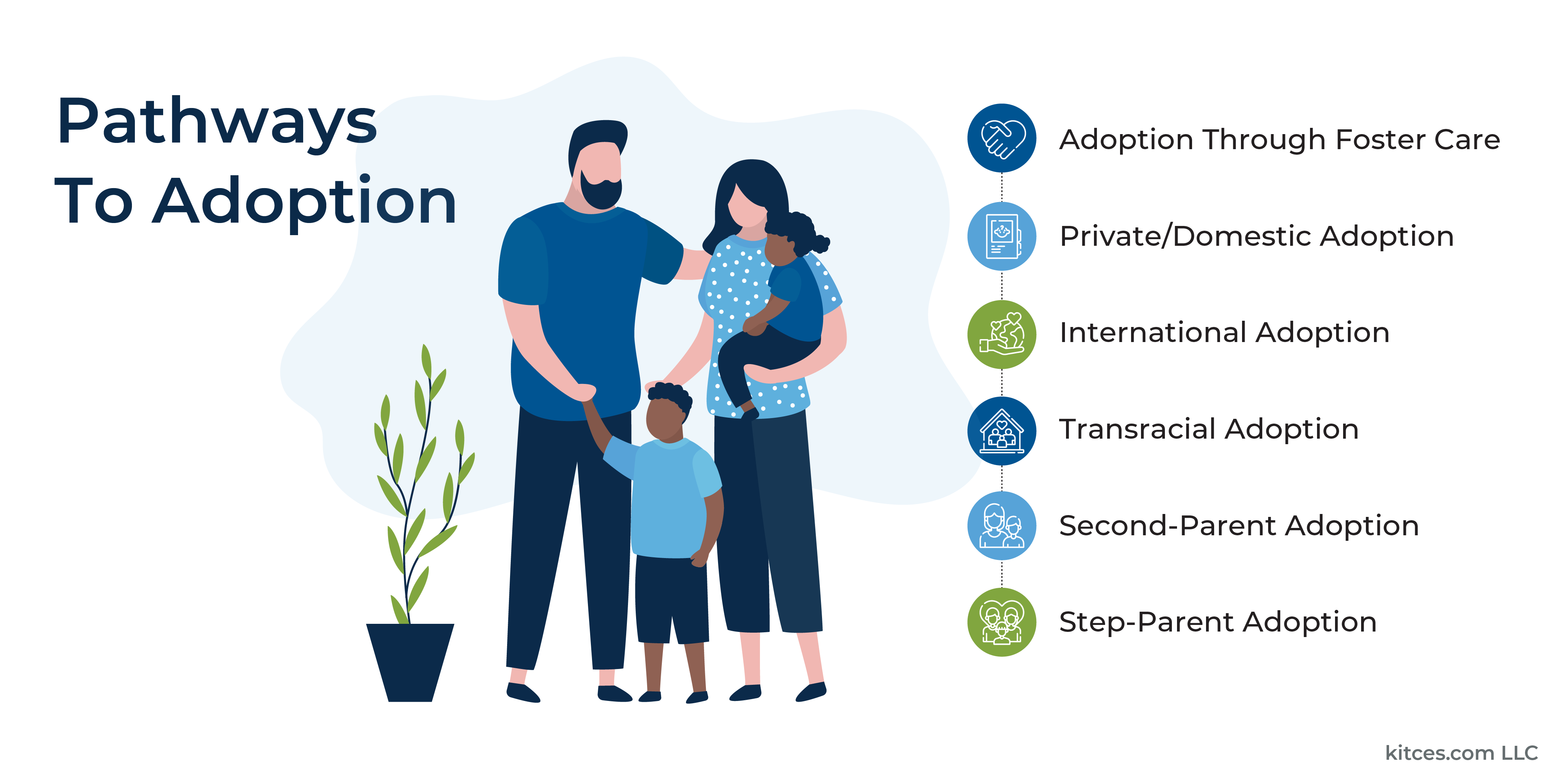Adoption, the social and legal process in which an adult is formally made the parent of another individual (typically a child), helps fill a critical need in society: to unite children who need loving families with those who want to raise children. At the same time, adoption can be expensive, with costs that can add up to $70,000 or more. Which means that financial advisors can play an important role in adoption planning – helping clients strategically plan for the costs involved in the process, including accessing tax credits that can significantly defray these expenses.
The costs of adopting a child can vary significantly depending on the method of adoption. For example, one of the least expensive options (with an average cost of $2,744) is to care for a child in the foster care system with adoption as an ultimate goal (though sometimes the children being fostered end up being reunited with their biological family). Another relatively less-expensive option (at around $10,000 or more) is an independent adoption, where the birth and adoptive parents typically forgo the services of an adoption agency and instead work with a trusted attorney to complete the process (this option is commonly used when the birth and adoptive parents already know each other and have a good relationship). At the higher end of expenses are agency adoptions (with costs of $20,000–$70,000 or more), where parents looking to adopt work through an agency that provides matching and screening services, as well as international adoptions (estimated at $22,000–$32,000 or more), where parents adopt a child from another country.
The Federal government and some state governments provide tax breaks to help defray “reasonable and necessary” adoption costs. For instance, the Federal Adoption Credit provides a nonrefundable credit of up to $15,950 per child for adoptions in 2023 (claimed on 2024 tax returns), with no limit on the number of adopted children to whom this credit can apply. However, because the credit has MAGI phaseouts (generously ranging from $239,230–$279,230 for 2023), financial advisors can assist clients with income and expense planning to take full advantage of the credit. For example, if the adoptive parent’s income is too high to claim the credit in the current year due to income phaseouts, the advisor may suggest deferring the payment of eligible adoption expenses to the next year after the adoption is finalized. Alternatively, shifting taxable income to a later year is another way to help clients avoid the loss of adoption tax benefits due to phaseouts for high-income earners.
In addition to taking advantage of available tax breaks, advisors and their clients can also consider other methods to defray the adoption costs. These include tapping employer-provided resources for adoption support, seeking out grants from charitable organizations, or, if funds are very tight, taking out loans or taking distributions from retirement plans (as the SECURE Act created a new opportunity for parents to withdraw up to $5,000 from their IRAs or employer-sponsored plans without the 10% early distribution excise tax following the birth or adoption of a minor child, though this must now be repaid within 3 years).
Ultimately, the key point is that because adopting a child is an expensive process, financial advisors can play an important role in helping adoptive parents plan for the costs involved and providing them with an understanding of the various tax breaks and other options that are available to defray these expenses, helping make adoption a reality for clients eager to grow their families!


